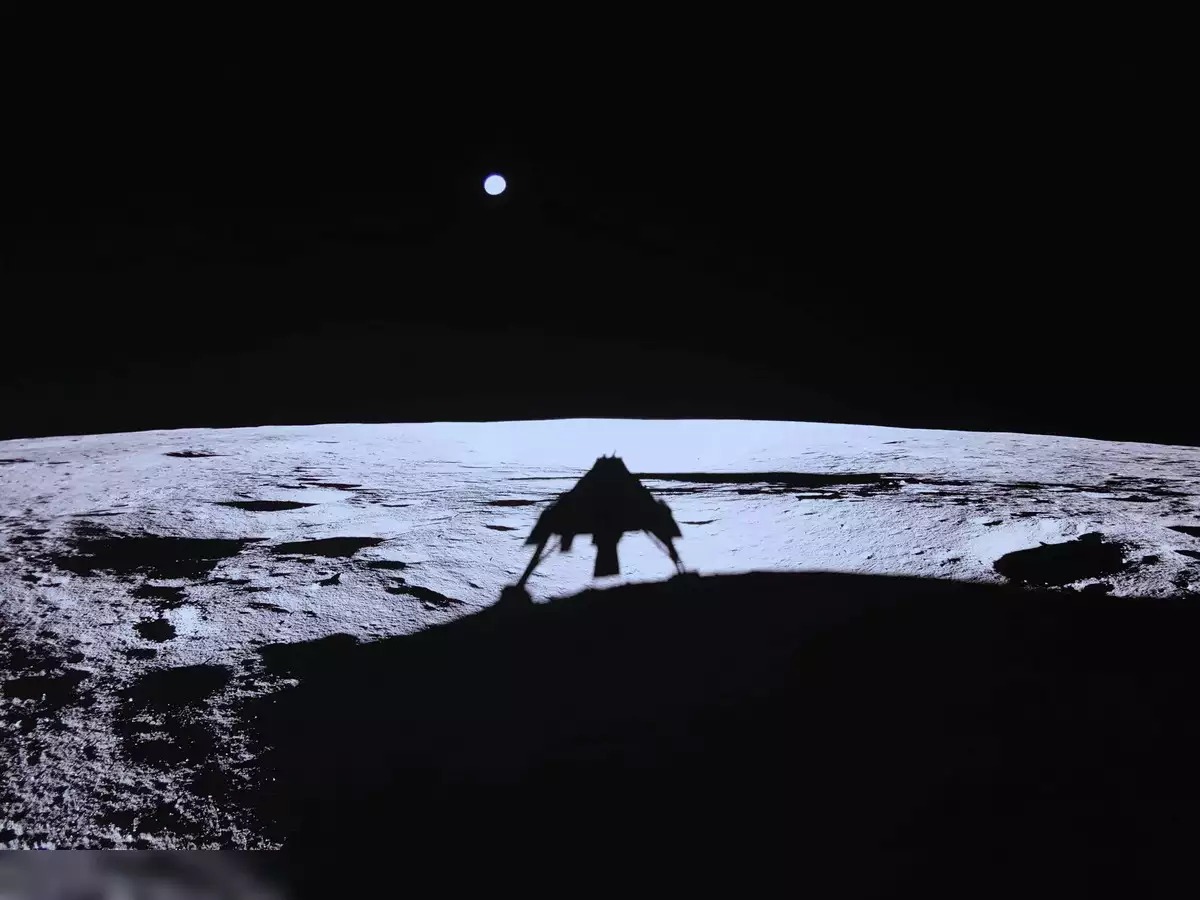Chandrayaan-3's revolutionary findings indicate ice could be more abundant on the Moon than ever believed, and it has the potential to change the nature of future exploration of the Moon. The mission's ChaSTE probe took temperature readings at the landing site, which showed that slopes greater than 14 degrees from the Sun could be in possession of ice at shallow depths. This indicates several sites where ice could exist and be easily recovered. But scientists warn that liquid water cannot be sustained on the surface of the moon because of the ultra-high vacuum. The discoveries provide new hope for prospecting resources and habitat in high-latitudes, which are scientifically fascinating and technically easier to explore compared to regions nearer the poles.
Sources: Economic Times, Nature Communications, Indian Space Research Organisation (ISRO)

